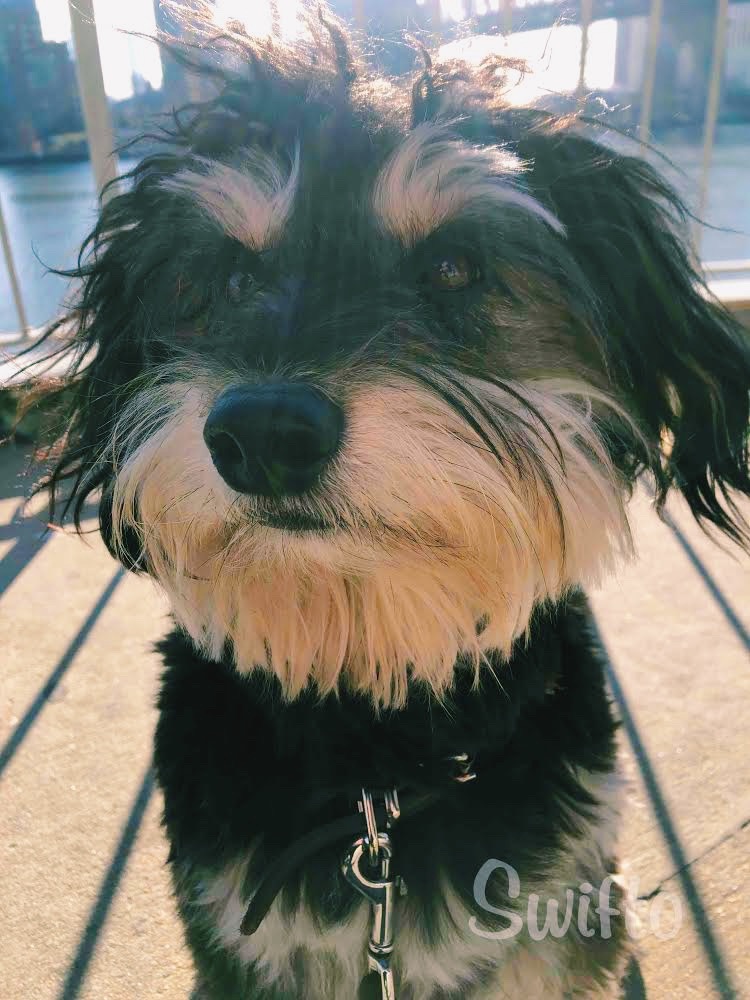Obedience training is essential for the emotional well-being of both you and your dog. When you and your dog effectively communicate, your pet is less confused about their role in your family (their pack) and can healthily participate in family activities. Here are some basic obedience dog training tips:
Basic Obedience Training Tips
Praise and Reward: Praise and reward your dog when they do what you ask. Provide appropriate corrections when they don't follow commands.
Repetition: Repetition of commands and actions is crucial. Consistent practice helps reinforce the skills your dog has learned.
Consistency: Ensure consistency in your training. Make sure your family and dog walker follow the same rules. For example, if your dog isn’t allowed on the couch, everyone must enforce this rule.
Pace Yourself: Start with simple commands and build upon them. Master one command before moving on to the next.
Short Sessions: Keep training sessions short, sharp, and fun. Five minutes is enough for a puppy, while older dogs may handle up to ten minutes.
Be the Pack Leader: Fit in some training time with your dog regularly, even if they attend obedience school.
Proof Commands: Test obedience commands in different situations, places, and with added distractions.
Motivation: Find out what motivates your dog. If they prefer deli cheese over treats, use it as a reward in small portions.
Daily Routine: Incorporate obedience training into your daily routine. For instance, ask your dog to “sit” before dinner or “stay” when you get the mail.
Timely Corrections: Only correct your dog if you catch them in the act. Late corrections can confuse your dog.
Dog Training Step-by-Step
“Sit” (Puppies): Watch your puppy’s behavior until you can tell their physical cues before they sit. Say “Sit” when they are about to sit and reward them once their bottom hits the ground. Repeat until they understand the command.
“Sit” (Any Dog): With your dog standing, hold a treat above their nose and move it over their head. When their rear hits the ground, give the treat and praise them. Repeat until they follow the verbal command.
“Stay”: Put your dog in the desired position and stand in front of them. Repeat the command “Stay” and reward them after a few seconds if they stay in place. Gradually increase the duration and practice in different environments.
“Go to Your Spot”: Choose a spot and consistently use a label like “Go to your bed.” Stand a few feet away, point, and throw a treat onto the spot. Praise your dog when they go to the spot. Gradually increase the distance and use the treat as a reward rather than a lure.
“Leave It”: In a distraction-free environment, hold an ordinary treat in one hand and your dog's favorite treat in the other. When your dog tries to take the ordinary treat, close your hand. Reward them with the favorite treat when they withdraw. Practice with the verbal command “Leave it.”
How Swifto Can Help
At Swifto, we understand that obedience training is crucial for a harmonious relationship with your dog. Our experienced dog walkers can reinforce your training efforts during walks and daily routines. Regular exercise provided by our walkers not only keeps your dog physically fit but also mentally stimulated, making training sessions more effective.
We will follow the guidance of your dog trainer to ensure consistency in training methods and commands. By incorporating Swifto's services, you can ensure your dog's good behavior is consistently reinforced, making them a well-behaved and happy companion.


